Teamwork in Schools: Is It Inspiring Or Discriminating?

Luu Quang Chè (Vietnam)
With the growing need of flexibility in the classroom, teamwork becomes one of the most important aspects of the learning process. A team is defined as a “complex entity consisting of two or more individuals who interact socially and adaptively, have shared or common goals, and hold meaningful task interdependencies; it is hierarchically structured and has a limited lifespan” (Salas, 2007). One of the key concepts in this definition is “hierarchically structured”; it means that some of the team members are natural leaders, and others are followers who not always take active part in the work. In accordance with this definition, introvert and socially anxious personalities are often being discriminated in the process of teamwork. They are unable to fit into the group and show their true potential, which leads to increased anxiety, stress and mental blockade that may cause greater social isolation.
Teamwork is a reflection of the democratic values our society promotes. With the attempt to elevate the quality of the overall educational process, our schools and teachers are promoting teamwork that involves several students who combine their knowledge, creativity and potential within a certain school project. The concept of creating teams of students is founded upon the primordial human necessity of socialization. When the team members overcome their individual interests and focus on a common goal, they contribute towards greater general knowledge and involvement in the classroom. Teamwork, as an essential aspect of contemporary education, improves students’ skills of problem-solving and collaboration. Each student is stimulated to deepen their individual knowledge on the particular topic and make their contribution of fresh information for the project. The creation of different teams in the classroom adds an aspect of healthy competition that motivates students to work harder for the success of their group. All these benefits of teamwork lead to improved individual skills and performance that meet the standards imposed by today’s teachers. One of the most important benefits of teamwork is the commitment of the members to invest their time and effort to improve the collaborative work, as well as their ability to resolve potential conflicts and mutual differences for the benefit of the team as a whole (Sundstrom, 1990).
In theory, teamwork is the ideal manner of increasing students’ activity and interest in the educational processes. In reality, however, teamwork is most commonly substituted with rigid hierarchy. I have witnessed many inefficient team projects based on neglectful attitude of the leaders towards the opinions of other members. Instead of building mutual trust and respect, some of the team members are mostly interested to impose their ideas, while others are too afraid to express their opinions. The symptoms of social anxiety (high levels of nervousness, racing heart, excessive sweating and blushing, trembling voice and muscle twitches) may be triggered by any kind of social situations that involve public performance (Scott, 2006). The increasing pressure to be communicative, ambitious and assertive adds to the anxiety levels of these students and reduces their learning potential. Socially-anxious students have an aversion towards all social activities because they are hypersensitive to negative evaluation and do not like to be judged by people in authoritative position. The fact that teamwork is closely linked to leadership makes these students fearful of criticism and rejection.
Professors are not included in this part of the process, so they are usually unaware of the fact that introvert, shy personalities are often disappointed by their inability to freely express their opinions. Since these students are not willing to be open about their condition, they are commonly perceived as the inactive members who don’t make enough effort to collaborate and make the project more successful. Other shy students decide to take the largest part of the research and writing work and leave the presentation part to the team members who take leadership roles. No matter what the case is, professors are not aware of the efforts these students invested into the project and underestimate their true capacity. As a student who has worked on many team projects and a friend of a socially-anxious person, my impression is that these students are frightened by the sole thought of being obliged to take part in teamwork. A successful team member is the one who is self-confident, open to collaboration, friendly and direct in his approach. Shy students are not characterized with these personal traits, which is why they perceive teamwork as discriminating instead of inspiring.
Since socially-anxious students are unable to take leadership roles, they experience themselves as ordinary executors of minor research and writing roles. The increased levels of fear and anxiety are closely related to ineffective performance that does not reflect their true potential. These students always perform better in individual written project than in teamwork assignments that involve the fear of being judged and the pressure of presenting in front of a group. In the contemporary educational system, where students are required to speak up, be active and make an effort to get noticed, the shyness and fear of students with social anxiety are perceived as passivity. These misconceptions lead towards greater anxiety and lower self-confidence. Clearly, today’s educational trends based on teamwork are discriminating for a great number of students.
References
- Salas, Eduardo; Stagl, Kevin C.; Burke, Shawn; Goodwin, Gerald F. (2007). Fostering Team Effectiveness in Organizations: Toward an Integrative Theoretical Framework. University of Central Florida.
- Scott, Susie (2006). The Medicalisation of Shyness: From Social Misfits to Social Fitness. University of Sussex.
- Sundstrom, Eric; de Meuse, Kenneth P.; Futrell, David (1990). Work Teams: Applications and Effectiveness. American Psychologist, Vol 45 (2), p. 120-133




